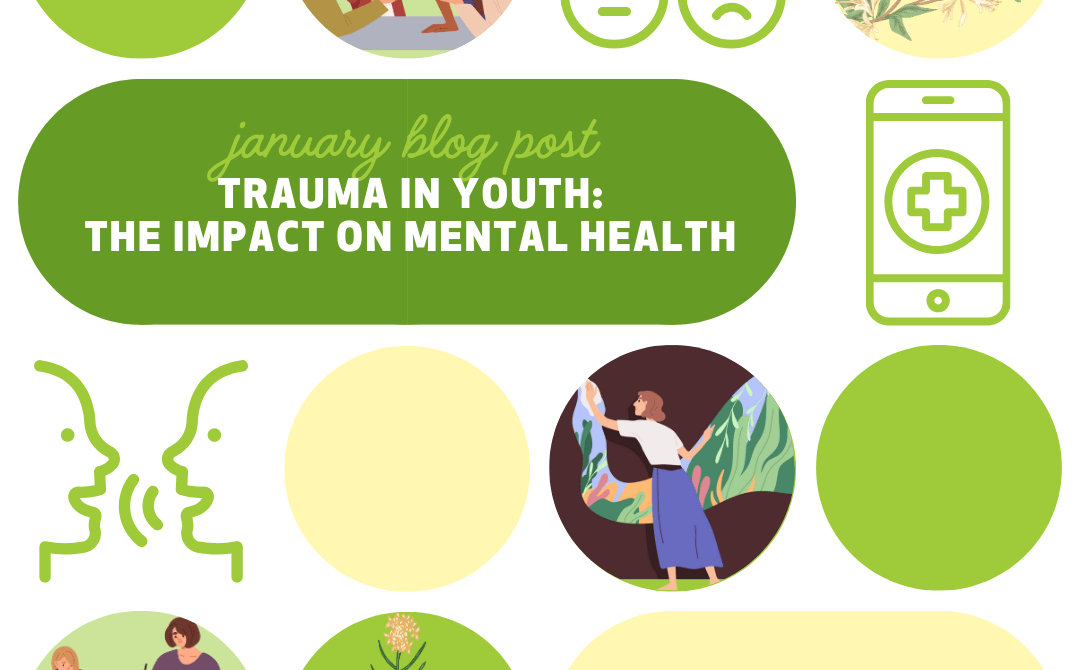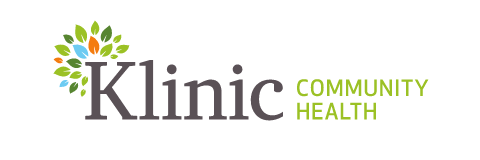Trauma is a public health crisis with over ¾ of Canadians having experienced at least one traumatic event in their lifetime. A significant number of people living with mental health conditions have experienced trauma in their lives. In fact, the lived experience of a mental health condition can be considered a trauma in and of itself. We also know that incidents of trauma can increase the risk of mental illness.
Bell Let’s Talk’s 15th annual day for mental health is on January 22. This year, they have partnered with Mental Health Research Canada to uncover Canada’s youth mental health crisis and have released a comprehensive national report, A Generation at Risk: The State of Youth Mental Health in Canada.
This report shared the following alarming statistics:
- Suicide is the leading cause of death among young people in Canada, accounting for 21% of deaths; 24% of youth (16-24) report suicidal ideation.
- Marginalized youth (i.e. youth from 2SLGBTQ+ communities, newcomers, Black and Indigenous youth) have higher rates of poor mental health and experience barriers to accessing care.
- Youth are considered a vulnerable population with approximately 66% to 75% of mental health issues having an onset before the age of 24.
- The pandemic has since exacerbated youth mental health challenges due to a combination of social disconnection, excessive screen time (6+ hours daily) and socio-economic challenges.
There is an immediate need to improve existing services, provide barrier free access to programs, and decrease the service gaps through collaborative action. One thing we can do as service providers is to consider how we incorporate a trauma-informed lens in our practices and how we can support this approach organizationally.
Youth serving agencies can help encourage youth to reach out by creating safer spaces that are welcoming, inclusive and accessible.
- Taking the time to engage with community/consumers in order to build safety
- Treating youth with empathy and compassion in all aspects of their care
- Asking questions to understand people’s lived experience
- Providing choice and collaboration wherever possible
- Assuming consumers are doing the best they can with the resources they have.
Trauma-sensitive and informed environments strive to do no harm and take the necessary precautions to avoid potential triggers for those who have experienced trauma. And while there is no way to ensure a trigger-free environment, having the ability to provide access to space, resources or support that help calm or sooth a person when they become dysregulated is always helpful.
There are many resources available online that help support awareness and trauma-informed practices and organizational policies. See below for some examples.
Read the full report: A Generation at Risk: The State of Youth Mental Health in Canada
Trauma-informed: The trauma toolkit –Klinic Community Health Centre- This toolkit aims to provide knowledge to service providers working with adults who have experienced or been affected by trauma. It will also help service providers and organizations to work from a trauma-informed perspective and develop trauma-informed relationships that cultivate safety, trust and compassion.
The Trauma-Informed Practice Guide was developed on behalf of the BC Provincial Mental Health and Substance Use Planning Council in consultation with researchers, practitioners and health system planners across British Columbia. This toolkit is intended to support the translation of trauma-informed principles into practice. Included are concrete strategies to guide the professional work of service providers assisting clients with mental health and substance use concerns.







